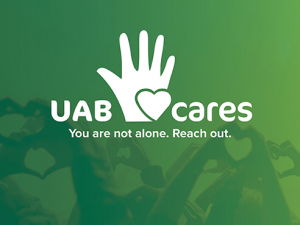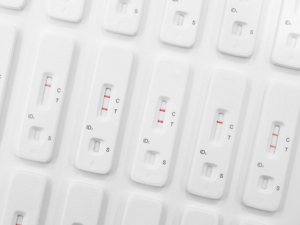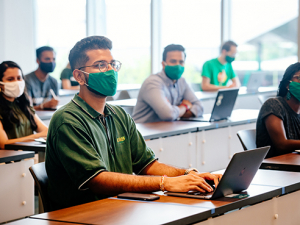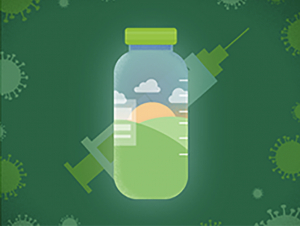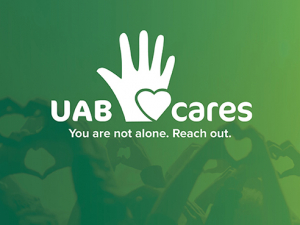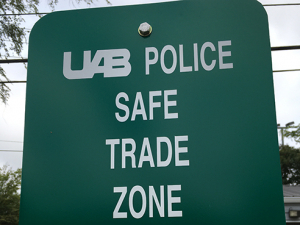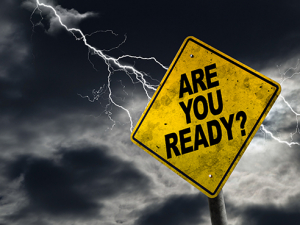Spring is prime tornado season in Central Alabama, because temperatures can fluctuate so wildly. A month might begin with an average temperature of 45 degrees and end at 77, a temperature range that can bring bright and clear days but also lend itself to dramatic weather changes.
Some of the worst tornado outbreaks in Alabama’s history have come during April, including April 3-4, 1974, and April 27, 2011, when 134 patients came through the UAB emergency room after harsh tornadoes struck Central Alabama, hailing from Anniston to Tuscaloosa. But tornadoes can — and have — happened any time during the year and even the occasional late snow falls.
Severe weather preparedness is key when living and working in a location such as Birmingham, and UAB has several resources that, when coupled with personal initiatives, can help keep employees safe during bad weather. Check uab.edu/emergency for updates and additional information.

1. Know your weather group assignment.
Green group entities/functions always close when operations are canceled for weather, Yellows may or may not close depending on the nature of the weather event and decisions by management and supervisors. Red group members never close and must continue to operate regardless of the weather.
Check your assignment using the Weather Group tile in the UAB app or use the “Check My Group” feature at uab.edu/emergency/weather.
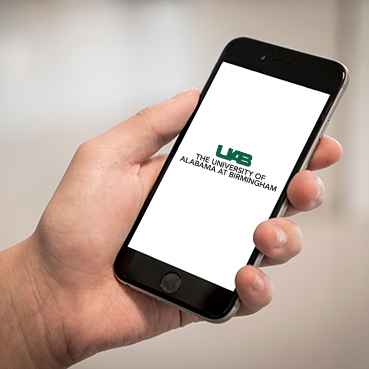
2. Sign up for B-ALERT.
Register for B-ALERT at uab.edu/balert.

3. Know the severe weather gathering points and emergency action plan for your building.
Each building administrator should also have a Building Emergency Action Plan, which is shared with new employees and can be explained upon request. UAB also has its own basic emergency response plan for tornadoes.
UAB Hospital, UAB Hospital-Highlands and all inpatient and ambulatory health care clinics follow shelter-in-place guidance provided by UAB Medicine Emergency Management. Outpatient clinics also have specific shelter-in-place procedures.
“This is an excellent opportunity for schools, civic organizations and businesses to practice what they would do in the event of a tornado warning,” said Kyle Boyett, director of Emergency Management at UAB, a National Weather Service-recognized StormReady university.
“If a warning is issued, know where you should go. Go to the lowest floor and put as many walls as possible between you and the outside. Put on a bicycle or football helmet to help protect against blunt force trauma to the head.”
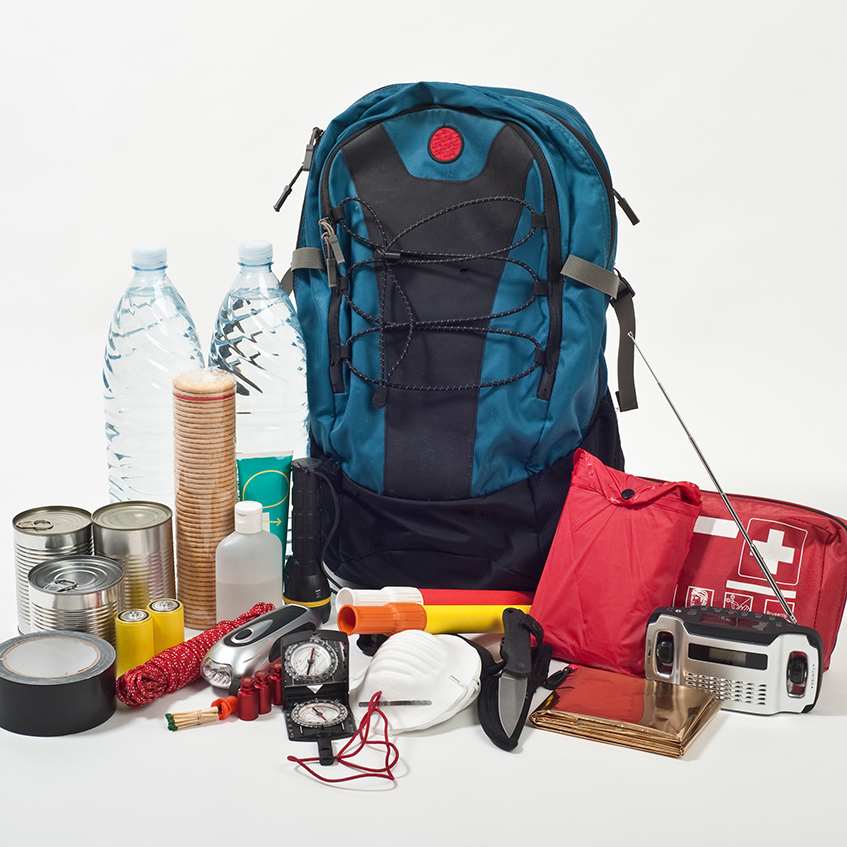
4. Keep gear in your office in case of emergency.
Each office should be stocked with a gallon of water, non-perishable food items, a battery-powered or hand-cranked radio, a flashlight and other items from the ready.gov Build A Kit checklist. It is best to stock enough to last 72 hours.
“This is the perfect time to make sure you have all of the items on your severe weather checklist on hand and in working order,” Boyett said. “Preparation now will make a tremendous difference later. It’s not a matter of whether or not we will have severe weather. It’s going to happen. Let’s be as prepared as we can be.”

5. Know several different routes to get back home.
Community-based traffic and navigation app Waze can also help drivers navigate around road blockages, stopped traffic or other roadway issues that can pop up during severe weather.

6. Download a good weather app.
According to DigitalTrends.com, there are several good options ranging from the free AccuWeather app, available for iPhone and Android, which it notes is both simplistic and comprehensive, to the $10 Dark Sky app, also available for iPhone and Android, which offers minute-by-minute forecasts up to an hour in advance and will send notifications before it begins raining or snowing. Whichever app you choose, make sure push notifications are turned on. We also recommend that each person have more than one app on their phone.

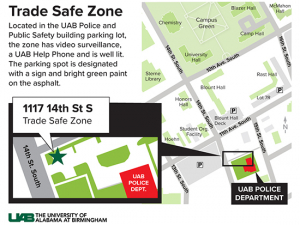
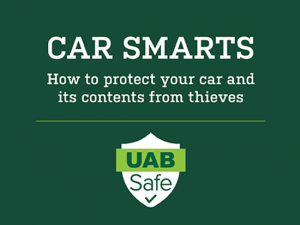


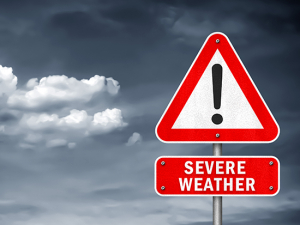

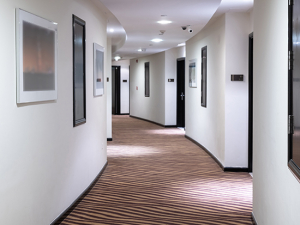


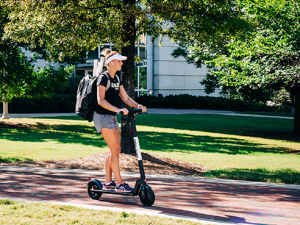



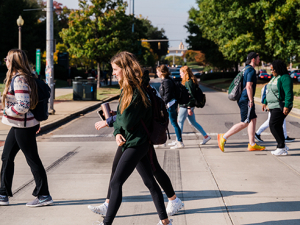


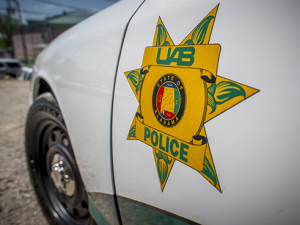


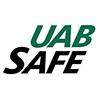 UAB is committed to fostering a safe and inclusive environment for all Blazers. From mobile apps to bus escort services to B-Alerts and more, make sure you’re up to date on all the ways to stay safer on campus.
UAB is committed to fostering a safe and inclusive environment for all Blazers. From mobile apps to bus escort services to B-Alerts and more, make sure you’re up to date on all the ways to stay safer on campus.